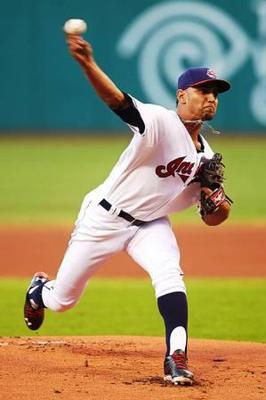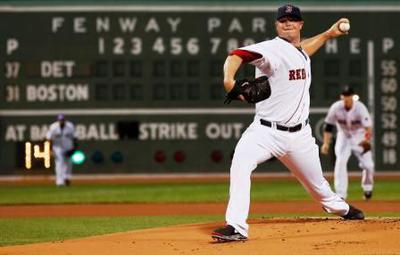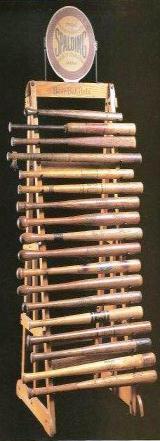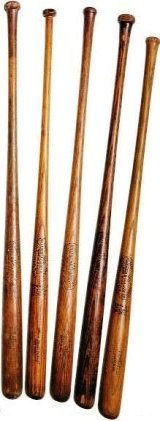Does a pitcher's foot still have to be on the rubber when releasing the ball? If so, how can Carter Capps pitching be legal?

Normal pitching motion and release


Anonymous asked: Capps (Miami Marlins) is clearly off of the rubber when he releases the ball.
Rick answered: Thank you for your question, an interesting one indeed!
Rule 8.01 Legal Pitching Delivery (a) Windup...The pitcher shall stand facing the batter, his pivot foot in contact with the pitcher's plate and the other foot free.
From this position any natural movement associated with his delivery of the ball to the batter commits him to the pitch without interruption or alteration.
He shall not raise either foot from the ground, except that in his actual delivery of the ball to the batter, he may take one step backward, and one step forward with his free foot.
When a pitcher holds the ball with both hands in front of his body, with his pivot foot in contact with the pitcher's plate and his other foot free, he will be considered in the Windup Position.
The Marlins contacted MLB seeking clarification and MLB said they just wanted to make sure he dragged his foot and not get too elevated in the air.
I looked at the video of him pitching the other night. He appears to leap up and out, resets the pivot foot on the ground and delivers the pitch.
While it all appears to be continuous motion, that pivot foot sets down and the pitch is delivered from a considerable distance advantage.
As you look at the images above, most pitchers are releasing the baseball off their front foot, which ultimately pulls their pivot foot along and into their follow through.
The rule does not actually speak to the pivot foot actually disengaging the pitcher's plate, other than to make a throw to a base in a pickoff attempt, or to step back and reset.
It does say the delivery motion has to be without alteration. To me, when the pivot hits the ground and becomes a base from which to finish that pitch, the delivery motion has been altered.
I was not a pitcher. As a hitter, I would have trouble accepting that he is not receiving a greater advantage when allowed to jump out, set that foot down and throw.
Pitchers already have the advantage of the mound height; which over the years has been tampered with depending on whether MLB felt the game needed more scoring, or less scoring.
They say that a pitch thrown at 100 mph gives the hitter the "old hide and seek count of 1001" to make a decision on whether to swing or not.
This one looks to become a debate as the season moves forward. If pitcher's are successful with this action, hitters will be lobbying for a clarification of the rule.
If it works out that, even with the distance advantage, the jumping action negates a pitcher's accuracy, it will become a mute point.
Certainly, the rule as written needs better verbiage. Not sure MLB saw this one coming!
Yours in baseball,
Rick
|








